The first stop on my big golf trip of 2023—an 11 day, 14 course tour of Ireland from Dublin, through Northern Ireland, to Donegal—was The Island, about a 30 minute drive northeast of Dublin but only about 15 minutes from my hotel near the Dublin airport. For any golf tour starting in Dublin and working northwest toward the more famous Royal County Down and Royal Portrush, it along with Portmarnock (and perhaps Royal Dublin, which I didn’t see) are the first two noteworthy courses you’ll encounter and, depending on your budget, should play. I’ve heard several times that The Island was one of the most under-appreciated courses across Ireland and Northern Ireland and was even told by one of my German playing partners that it was recently ranked ‘the best’ course in Ireland (not sure by whom). In any case, certainly worth checking out.
And it is. And I probably wouldn’t argue with its inclusion on a top-10 list of courses in Ireland and Northern Ireland. But at best, it should probably be near the bottom of that list. It was certainly among the top 5 courses that I played on my trip (along with Royal County Down, Royal Portrush, St. Patrick’s, and Portmarnock), but most likely at the bottom of that list. And I’m sure I’d have it behind some of the courses in the west that I didn’t play, like Ballybunion and Lahinch.
Ok. So I think the course is very good and maybe great, but not in the highest company. Why? It’s obviously a spectacular site, with the holes winding through huge sand dunes. The routing through these dunes is good and most of the holes are very good from tee to green. But several of the holes are fairly narrow and the grass on the dunes is quite thick. So given the ever-present wind, it’s very difficult unless you’re a top notch ball striker.
And the real issue for me comes at the greens, which are also very difficult. Many are narrow and have steep run-offs at the edges. And it’s this layering of difficult that I find a bit too much; it’s already very difficult from tee to green but then the greens are some of the hardest to hit that I’ve seen, especially given the wind. It’s the same criticism that I have of Greywalls in Michigan—the landscape was always going to give you a very difficult course from tee to green and I think it would have been sensible to make it a bit easier around the greens to bring some balance to the challenge.
But like Greywalls, this is still an excellent course. I like almost all of the individual elements of the course. It’s an interesting driving course and not too severe. The fairway bunkers are not excessive and well-placed where they do occur. And taken independently of the rest of the course, the green complexes are very good. The ample run-offs at their edges are interesting in their own right and there’s a lot of good interior contour. Moreover, there are several very good to excellent holes, including much of the opening and closing stretches. All of that adds up to a very good course and, given that a lot of raters like a difficult course, one that I’m a bit surprised isn’t usually considered in the highest echelons of Irish courses. But maybe most of the raters see things the way I do—this is a case where I’m afraid that the whole is somewhat less than the sum of its parts.
The ~440 yard first (the card is in meters so I’ll give a rough translation) gives a very representative introduction to the course: pretty and interesting, but very tough. There’s ample room off the tee…but only for about the first 250 yards, where the dunes come in on both sides. Unless you’re very confident in your driving, it’d be best to lay back here. But that’ll also leave a very long iron to a green with a narrow opening between some pretty nasty dunes. Definitely one of the least-friendly opening holes that I’ve played.
And it is. And I probably wouldn’t argue with its inclusion on a top-10 list of courses in Ireland and Northern Ireland. But at best, it should probably be near the bottom of that list. It was certainly among the top 5 courses that I played on my trip (along with Royal County Down, Royal Portrush, St. Patrick’s, and Portmarnock), but most likely at the bottom of that list. And I’m sure I’d have it behind some of the courses in the west that I didn’t play, like Ballybunion and Lahinch.
Ok. So I think the course is very good and maybe great, but not in the highest company. Why? It’s obviously a spectacular site, with the holes winding through huge sand dunes. The routing through these dunes is good and most of the holes are very good from tee to green. But several of the holes are fairly narrow and the grass on the dunes is quite thick. So given the ever-present wind, it’s very difficult unless you’re a top notch ball striker.
And the real issue for me comes at the greens, which are also very difficult. Many are narrow and have steep run-offs at the edges. And it’s this layering of difficult that I find a bit too much; it’s already very difficult from tee to green but then the greens are some of the hardest to hit that I’ve seen, especially given the wind. It’s the same criticism that I have of Greywalls in Michigan—the landscape was always going to give you a very difficult course from tee to green and I think it would have been sensible to make it a bit easier around the greens to bring some balance to the challenge.
But like Greywalls, this is still an excellent course. I like almost all of the individual elements of the course. It’s an interesting driving course and not too severe. The fairway bunkers are not excessive and well-placed where they do occur. And taken independently of the rest of the course, the green complexes are very good. The ample run-offs at their edges are interesting in their own right and there’s a lot of good interior contour. Moreover, there are several very good to excellent holes, including much of the opening and closing stretches. All of that adds up to a very good course and, given that a lot of raters like a difficult course, one that I’m a bit surprised isn’t usually considered in the highest echelons of Irish courses. But maybe most of the raters see things the way I do—this is a case where I’m afraid that the whole is somewhat less than the sum of its parts.
The ~440 yard first (the card is in meters so I’ll give a rough translation) gives a very representative introduction to the course: pretty and interesting, but very tough. There’s ample room off the tee…but only for about the first 250 yards, where the dunes come in on both sides. Unless you’re very confident in your driving, it’d be best to lay back here. But that’ll also leave a very long iron to a green with a narrow opening between some pretty nasty dunes. Definitely one of the least-friendly opening holes that I’ve played.
The second is a par 4 of about 400 yards with a semi-blind drive. It’s a bit hard to tell from the tee but a miss left is much better than one right because there isn’t much rough between this and the third fairway further left. And unlike the first hole, there isn’t too much trouble, so you should feel free to swing away.
And hopefully you did and hit a long drive because the green is even less friendly than the first, perched up and narrow, with steep run-offs on all sides. I get that it’s an easier driving hole and that it makes sense to have a tougher green complex, but unless you’re very precise with your irons, this one is very difficult to hit and hold. Not really the type of green you should build on a links course, where the ground is usually firm and the wind is usually blowing.
Three is a short par 5 over modest terrain, so the architect added a driving challenge in the form of staggered fairway bunkers, the first ~240 out on the right and the second ~280 out on the left. The approach into the green is very interesting, especially if you go for the green in two. The fairway slopes left-to-right and the green is narrow and built up on a ridge on its right side, making for a very awkward third if you miss right. I would say that the design of this green would be almost perfect…except that the dunes encroach too far into the fairway on the left side of the lay-up zone and I’m not sure it’s possible to run one in without your ball kicking well right of the green.
The rest of the front nine has apparently been reworked extensively over the past several years and the short par 3 fourth is a new hole. And it’s a very good one, with excellent shaping on and around the green that does a very good job of blending into its surroundings. But again, you need to be very precise with your tee shot to hit the green in any kind of wind or if the conditions are firm…and you’re pretty much guaranteed to have at least one of those.
I think the fifth played about 380 from our green tees (probably ~6700 yards) just ahead of the first image and from there it just didn’t look wide enough to hit driver (you’d have to from the 470 yard tips). The fairway narrows in the last 175 yards and you run out of room on the left. It’s a good time to try out your stinger 3-wood or long iron because the fairway also slopes forward and you can get quite a bit of roll out.
The green is intimidating even with a short iron, especially this nasty pin on the left. If they ever allow the Republic to host the Open Championship, I’d nominate the Island to host it, even over its more famous neighbor Portmarnock.
We get our first real quirk with the blind drive on the similar length par 4 sixth. While the drive is intimidating, there’s plenty of room past about 220—although that was a problem for us because it was into the wind. But once you clear the crest, the rest of the hole is delightful, with lots of little bumps in the fairway and a green that, for once, is receptive to a good approach. Because it was into the wind for us, it was yet another tough hole. But this wind aside, the hole is a nice foil to the much more challenging opening holes.
Seven, a par 4 of only about 340 yards, is another tough driving hole if you have any kind of ambition, with staggered bunkers at 220 on the right and 240 on the left. The hole turns left around the second bunker and the best placement is close to, but definitely right of it. If you’re short and left of the bunker, you might have a blind second. The green is narrow, angled toward the left side of the fairway, has nasty dunes on the right, and a steep drop-off on the left. So again, very tough but interesting because anything up the right side of the hole leaves you a very shallow angle into the green.
One of the unfortunate—and surprising—things about this first round is that we followed three fourballs of ladies who were playing a club match…and were some of the slowest golfers I’ve ever seen. My experience playing in the UK is that everyone plays quite fast and is very conscientious about holding up those behind them. Not the case with these ladies—it took us over two hours to play the first seven holes.
But after playing the seventh, I had an idea that I was quite proud of. Because the seventh finishes near the clubhouse and the ninth hole returns, we could skip in front of the ladies who were on the eighth and ninth, go straight to the tenth, then come back and play eight and nine at the end. Good move—even though they started before 4 and had over 5 hours of sunlight, the last of the matches couldn’t finish. Starting at 4:20, we managed to finish just before 9.
So I’ll skip ahead in my pictures to the end of our round for the eighth and ninth holes, both ~410 yard par 4s. These are the two newest holes, replacing an (apparently) awkward short par 4 and a par 3. And they both had a bit of a new feel, with flatter fairways. I liked the green site on the eighth, perched above an interesting collection of mounds on the left. But the ninth felt a bit like one of those 90s US suburban public courses, with a flat fairway running between lines of mounds up both sides (obviously these look better).
But after playing the seventh, I had an idea that I was quite proud of. Because the seventh finishes near the clubhouse and the ninth hole returns, we could skip in front of the ladies who were on the eighth and ninth, go straight to the tenth, then come back and play eight and nine at the end. Good move—even though they started before 4 and had over 5 hours of sunlight, the last of the matches couldn’t finish. Starting at 4:20, we managed to finish just before 9.
So I’ll skip ahead in my pictures to the end of our round for the eighth and ninth holes, both ~410 yard par 4s. These are the two newest holes, replacing an (apparently) awkward short par 4 and a par 3. And they both had a bit of a new feel, with flatter fairways. I liked the green site on the eighth, perched above an interesting collection of mounds on the left. But the ninth felt a bit like one of those 90s US suburban public courses, with a flat fairway running between lines of mounds up both sides (obviously these look better).
For the most part, the back nine is on flatter land than the front and the holes are more subdued. The drive on the par 5 tenth is an excellent start and this was probably my favorite driving hole on the course, doglegging right around out-of-bounds with a cluster of bunkers up the left, right where you’d want to bailout. The rest of the shots are a bit tamer although you can see that you really want to make sure that you get your approach all the way to the green.
Eleven is another par 4 of around 420 yards and crosses the tamest ground so far. You can cut the corner up the right (as I accidentally did), but then you’ll have a sketchy lie with an awkward angle into the green. This is another green with some nasty run-offs at the sides but I thought it worked quite well because it’s open in the front and your pitch won’t be too hard if you miss short.
The drive on the 440 yard twelfth is awkward because the hole doglegs left but the fairway slopes right and you lose visibility after about 240 yards. But if you do hit it straight (or even better, with a draw) your ball will bound forward and you can have a shorter iron into this green that sits nicely in the dunes.
Next we come to one of The Island’s most famous holes: a 200+ yard par 3 that’s sort of a version of the famous Calamity at Royal Portrush, with a severe drop off short and right. This would be a hard hole in any conditions but it didn’t help that we had to play it in a rainstorm that lasted almost exactly the amount of time it took us to play this hole.
Without a doubt, the ~350 yard fourteenth is The Island’s strangest hole, with about a 60 foot wide fairway hemmed in by dunes on the left and a marsh on the right. It’s kind of a silly hole but at least it’s all right there in front of you and it’s clear what you have to do—just hit whatever you can hit straight.
The par 5 fifteenth is a lovely hole and maybe the first on the course where you can stand on the tee and breathe a little bit. The left side is well bunkered but there’s plenty of room right and it’d take a drive of well over 300 yards to reach the dune that cuts into the fairway. The approach narrows as you approach the green but there’s little trouble if you lay back to around 100 yards. It’d be nice if there were a few more holes with some width like this to complement so many narrow ones throughout.
Back to the difficulty with the mid-iron par 3 sixteenth. The green is perched on a hill with a false front, front flanking bunkers, and dips and long rough around the edges. Also, you don’t want to be above the hole because the green pitches pretty good from back-to-front.
Although I was a bit exhausted by the long day and tough weather at this point, that wasn’t enough to distract me from seeing that the par 4 seventeenth was probably the best hole on the course. Again, it’s a very tough driving hole, with a massive dune about 230 out on the left and bunkers about 260 on the right. Hidden from view short of the dune is a massive hollow so woe unto anyone who goes left.
But I thought that the green complex—especially given the difficulty of the drive—was the best on the course. It’s innocuous-looking from the fairway but when you approach it, you can see that it’s got all kinds of interesting interior and surrounding contours and that you can use the general slope to feed one in the open side on the left. I suppose that the rough and tumble nature of the property didn’t lend itself to simpler green sites such as this. But I see no reason why greens like the second of fifth couldn’t have been built at-grade as here. More greens like this would have brought some much needed balance to this course.
The long par 4 eighteenth is an appropriate finishing hole, both for this course and in general. Again, it’s a tough drive, although there’s a bit more room here than some of the other holes that cut through the dunes. The approach to the green is a bit simpler than others, without all the excessive contours at the edges.
One of the things I’ve noticed in the past few years is that sometimes, there’s puzzlingly little relationship between course/slope ratings and the actual difficulty of courses. My home course, the University of Maryland, has a slope rating in the 120s and a course rating about one stroke over par—even from the 7,000 yard tips. Yet it’s one of the toughest driving courses that I play because of fairway bunkers, slopes, and the encroachment of trees and the greens are heavily defended by bunkers. I suppose there aren’t a lot of water hazards or OB, but these are hardly the only things that make a course difficult. As a 3ish handicap, I struggle to shoot below the high 70s, which I routinely do on courses with higher course and slope ratings.
This same puzzle arises when you compare The Island to Portmarnock, which I played the next day. Portmarnock was probably a bit shorter from the tees that I played, yet has a course rating about one stroke higher (both par 72) and a slope rating about 10 points higher than the tees I played on The Island. I simply don’t understand how anyone could find Portmarnock, which is relatively flat and doesn’t have much deep rough harder than The Island, which is anything but flat and obviously does have deep rough. I suppose there are a few more fairway bunkers at Portmarnock, but not nearly enough to make it as hard a driving course as this, where you’re guaranteed to be hacking out of the dunes a few times…if you’re lucky enough to find your ball.
I suspect it comes down to the relative prestige of the courses. Portmarnock is probably the Republic’s premier club and has hosted many tournaments, so the raters, working from criteria that are probably quite open to interpretation, give it high marks for difficulty. Still, I don’t know what they’re not seeing on The Island. Perhaps the raters don’t play the courses when they’re rating them? Perhaps they all drive it rifle straight? Because I don’t understand how any normal golfer couldn’t find this to be one of the harder courses they’ve ever played. Maybe that’s reason in itself to hope that The Island continues to build on the reputation that it’s developing—then the raters might start to give it the credit for difficulty that it deserves and the members won’t look like a bunch of sandbaggers when they play away club competitions. I would not want to play a handicap match against anyone who plays their golf here.
This same puzzle arises when you compare The Island to Portmarnock, which I played the next day. Portmarnock was probably a bit shorter from the tees that I played, yet has a course rating about one stroke higher (both par 72) and a slope rating about 10 points higher than the tees I played on The Island. I simply don’t understand how anyone could find Portmarnock, which is relatively flat and doesn’t have much deep rough harder than The Island, which is anything but flat and obviously does have deep rough. I suppose there are a few more fairway bunkers at Portmarnock, but not nearly enough to make it as hard a driving course as this, where you’re guaranteed to be hacking out of the dunes a few times…if you’re lucky enough to find your ball.
I suspect it comes down to the relative prestige of the courses. Portmarnock is probably the Republic’s premier club and has hosted many tournaments, so the raters, working from criteria that are probably quite open to interpretation, give it high marks for difficulty. Still, I don’t know what they’re not seeing on The Island. Perhaps the raters don’t play the courses when they’re rating them? Perhaps they all drive it rifle straight? Because I don’t understand how any normal golfer couldn’t find this to be one of the harder courses they’ve ever played. Maybe that’s reason in itself to hope that The Island continues to build on the reputation that it’s developing—then the raters might start to give it the credit for difficulty that it deserves and the members won’t look like a bunch of sandbaggers when they play away club competitions. I would not want to play a handicap match against anyone who plays their golf here.

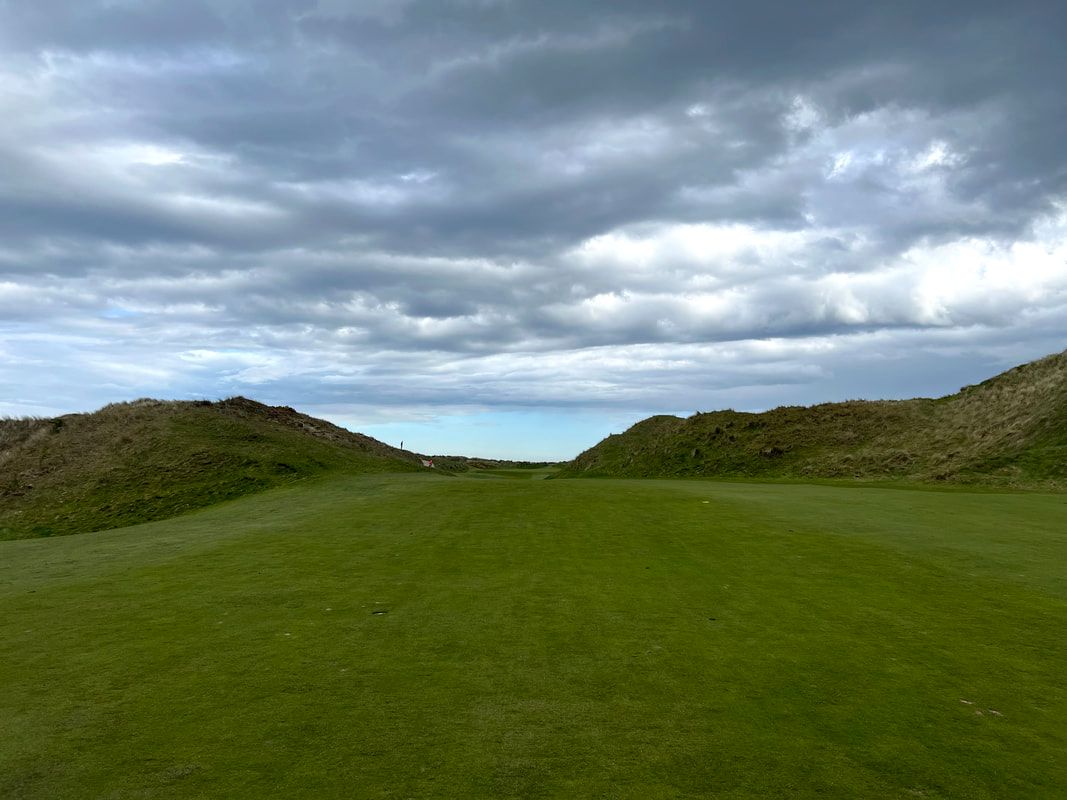
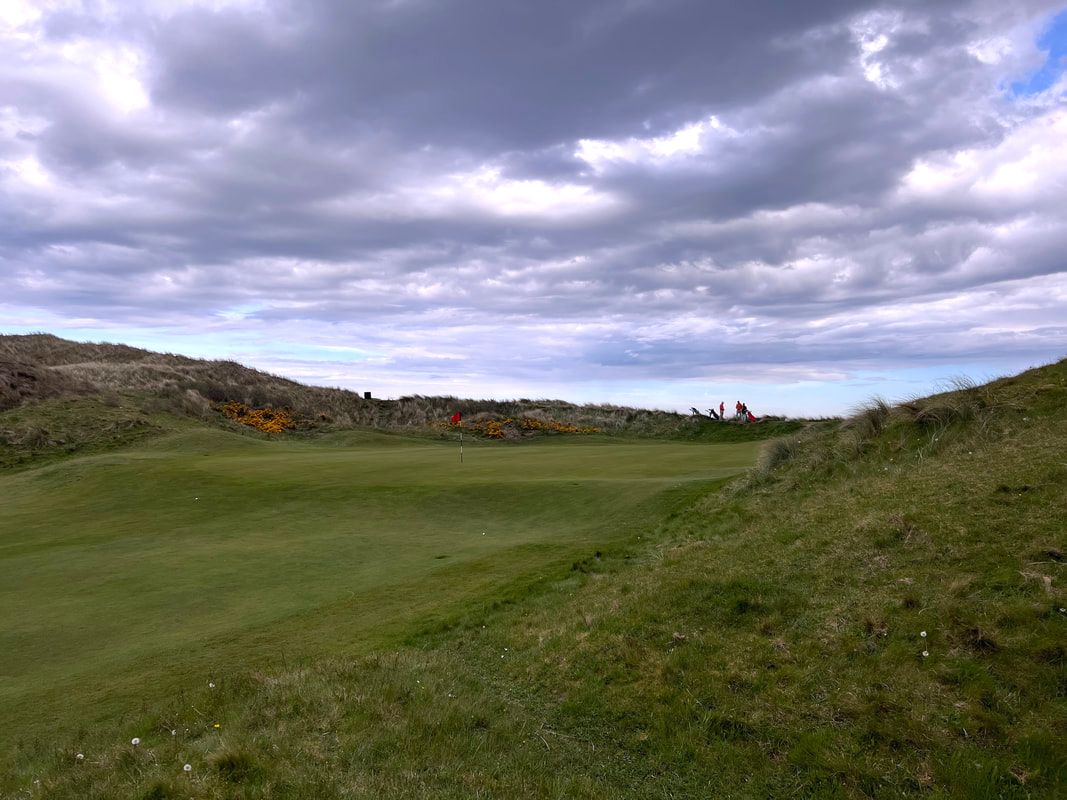
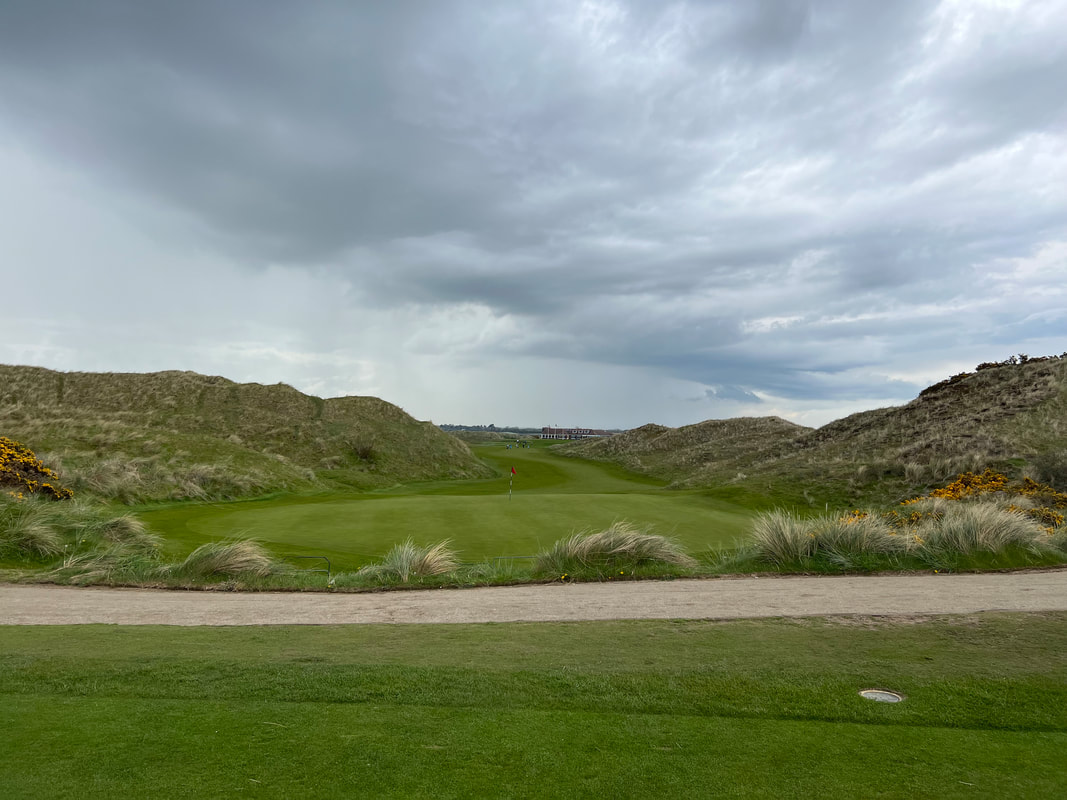
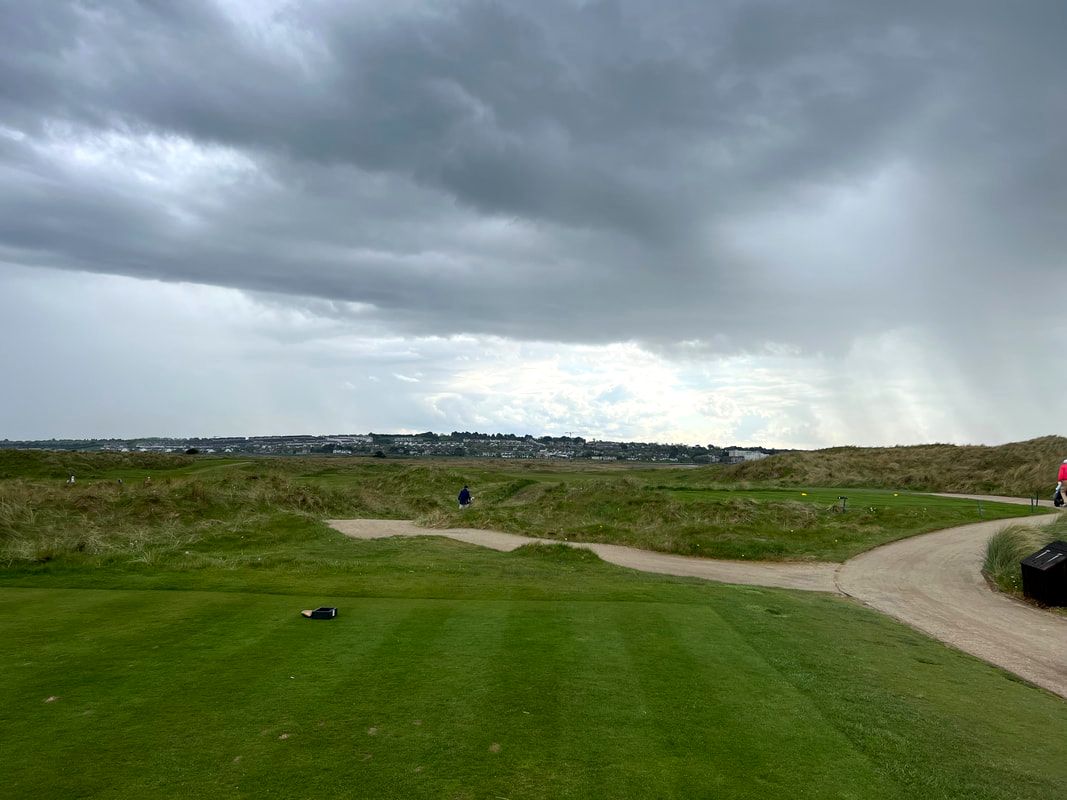
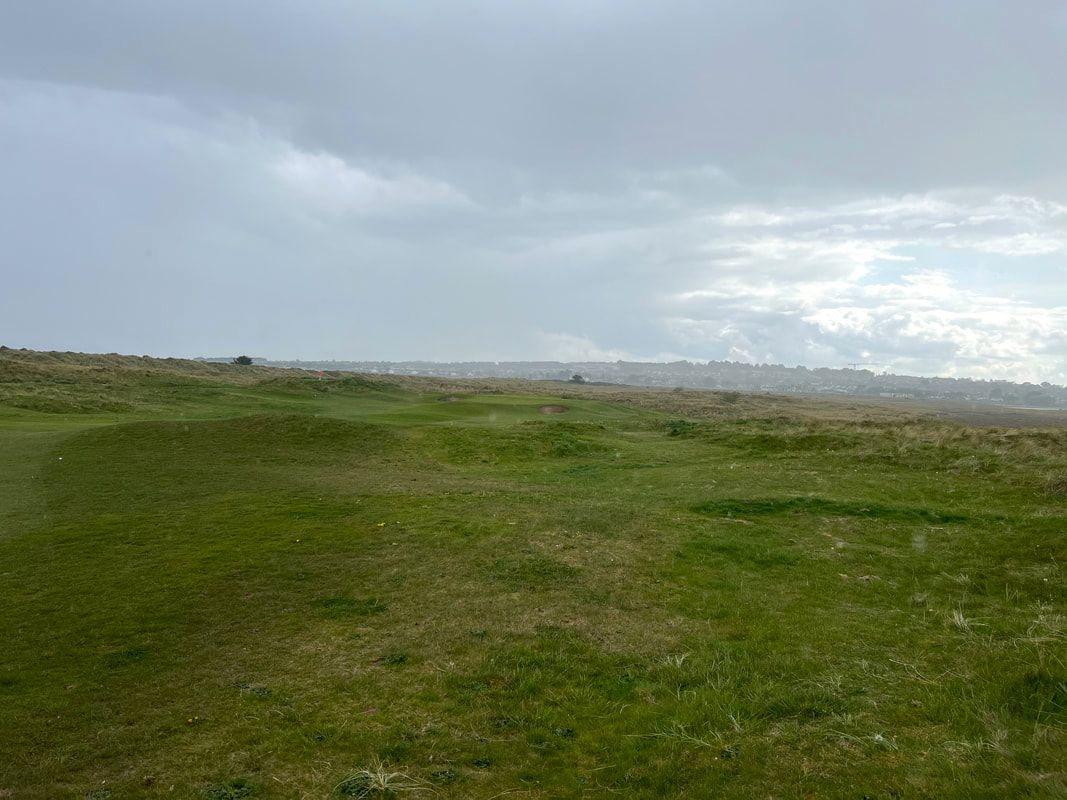
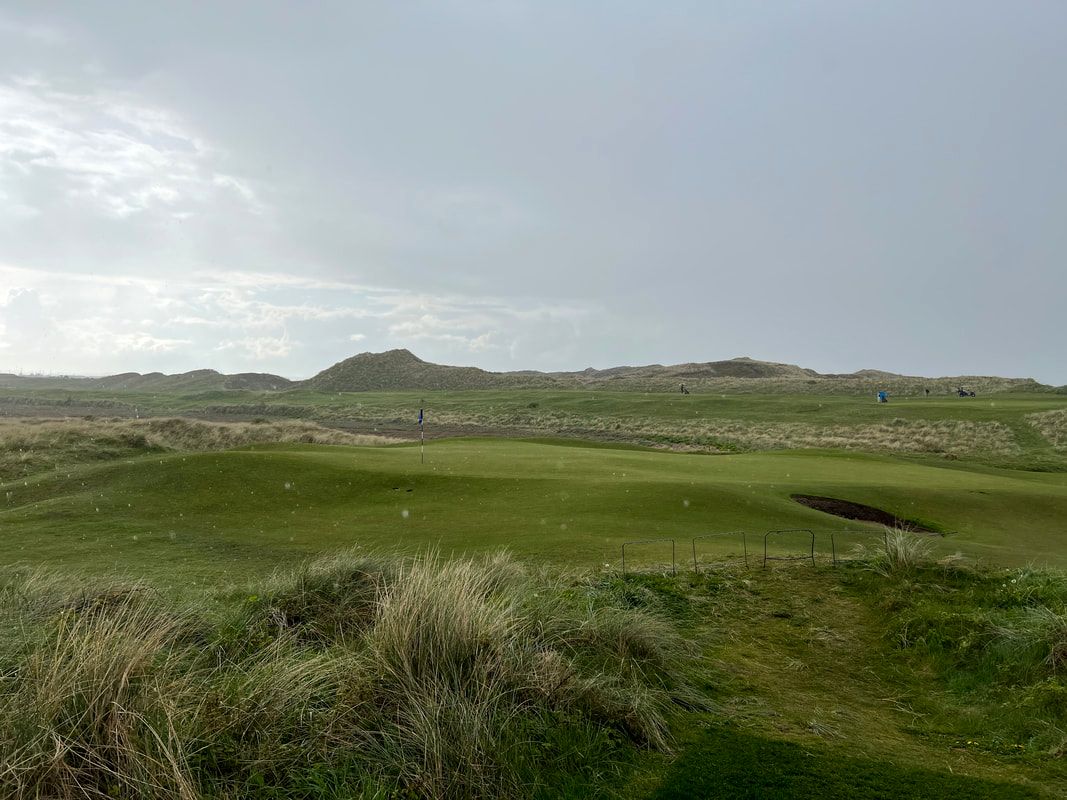
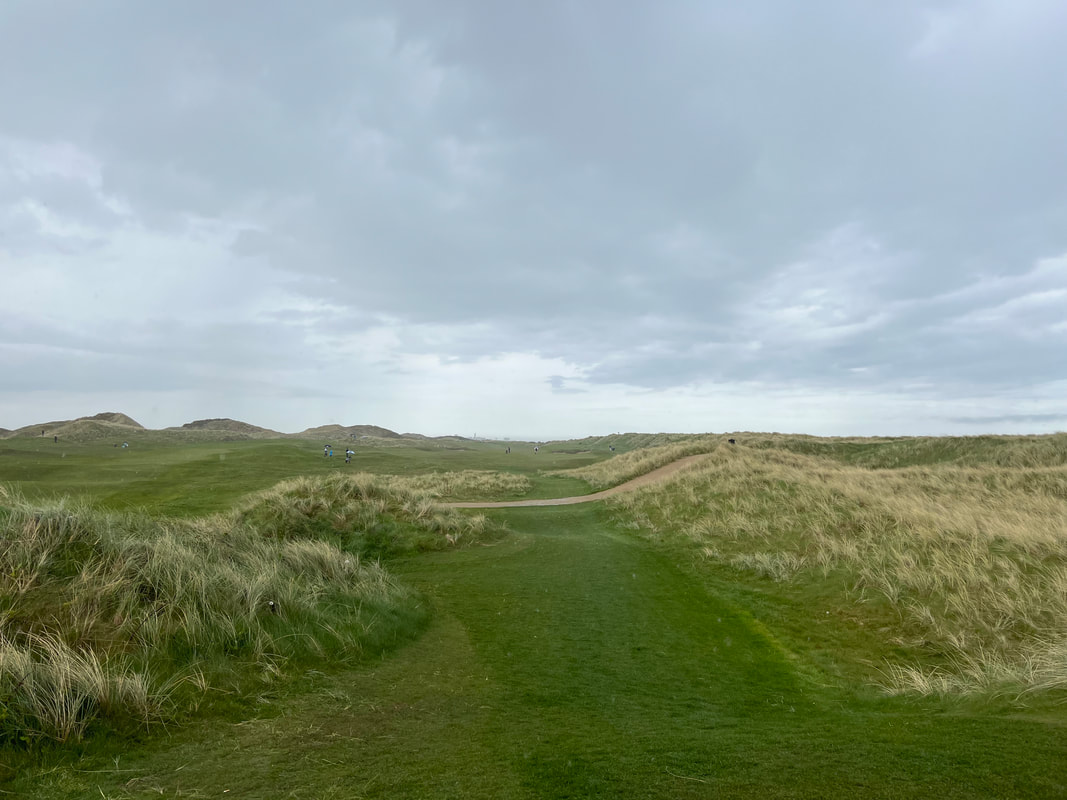
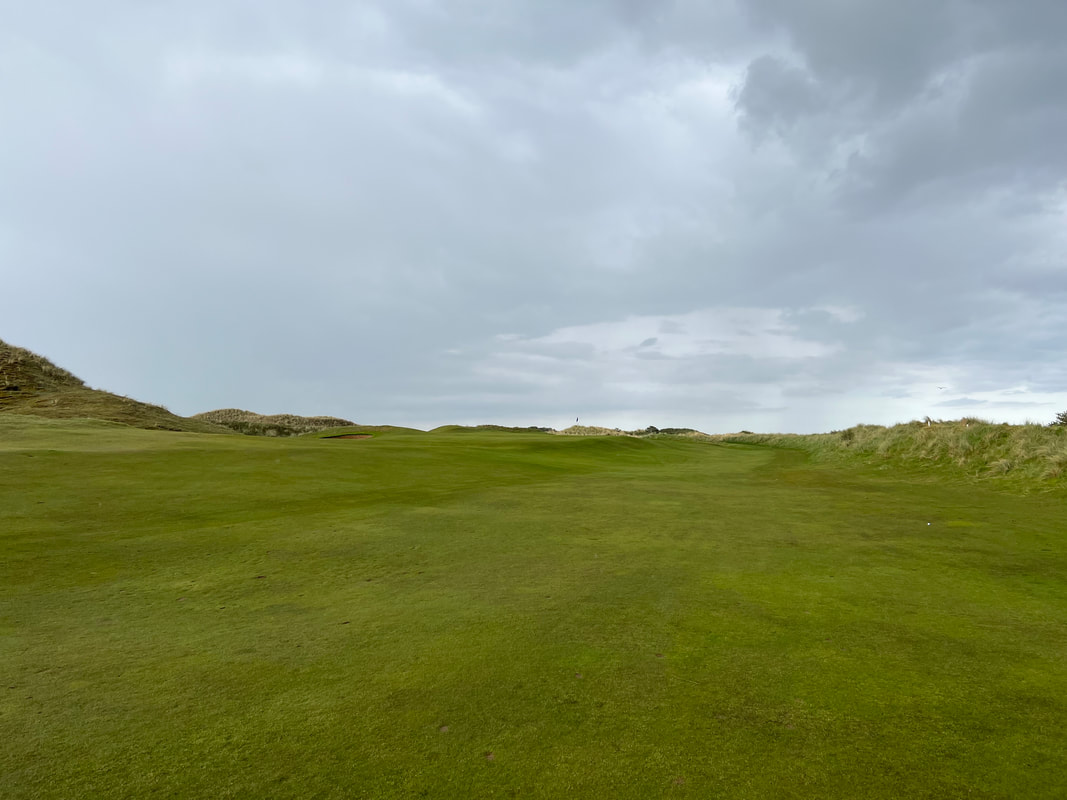
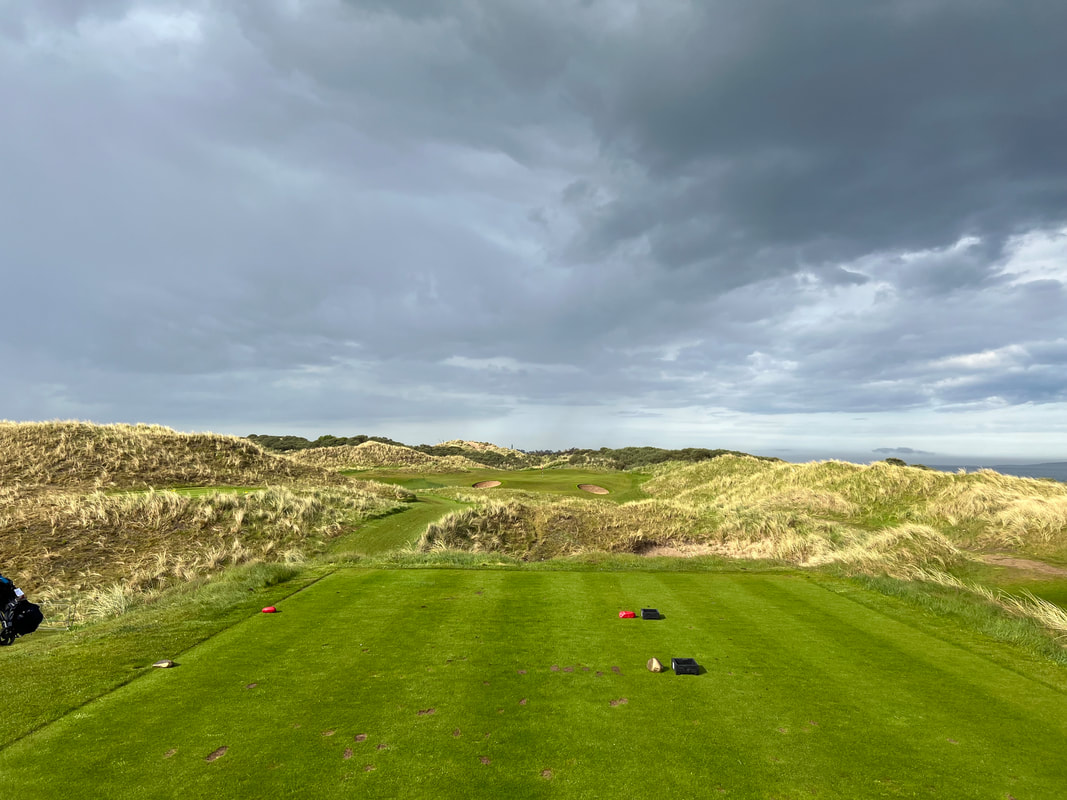
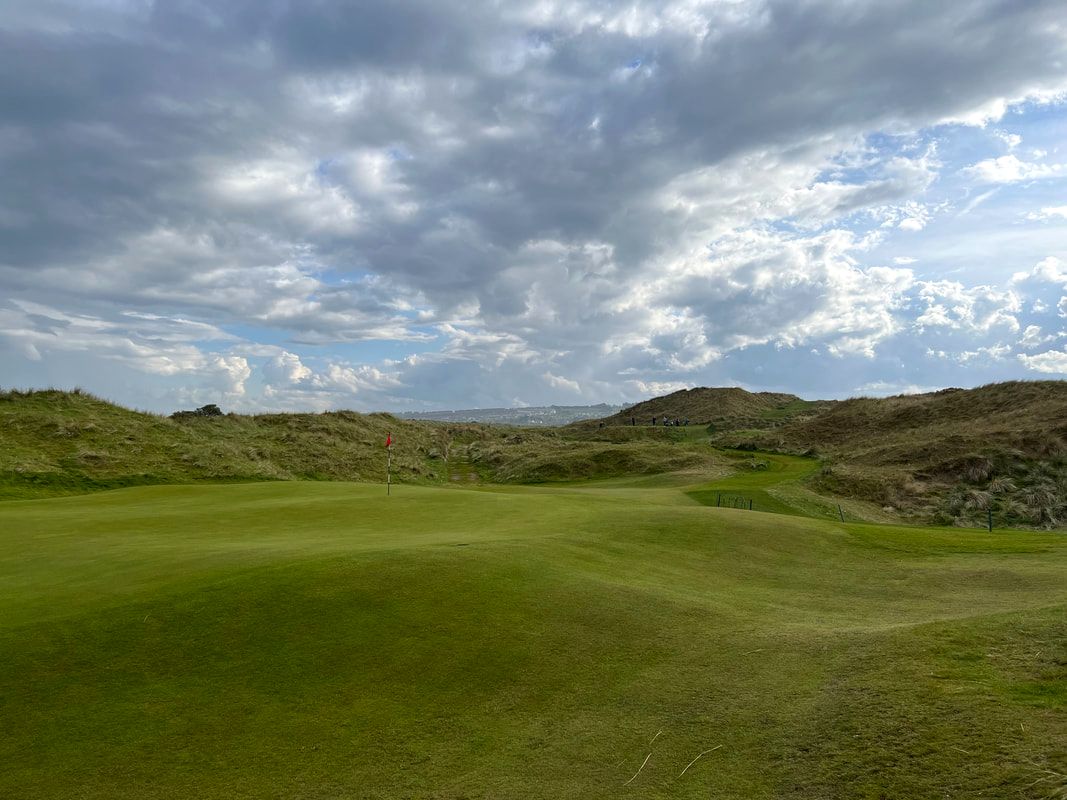
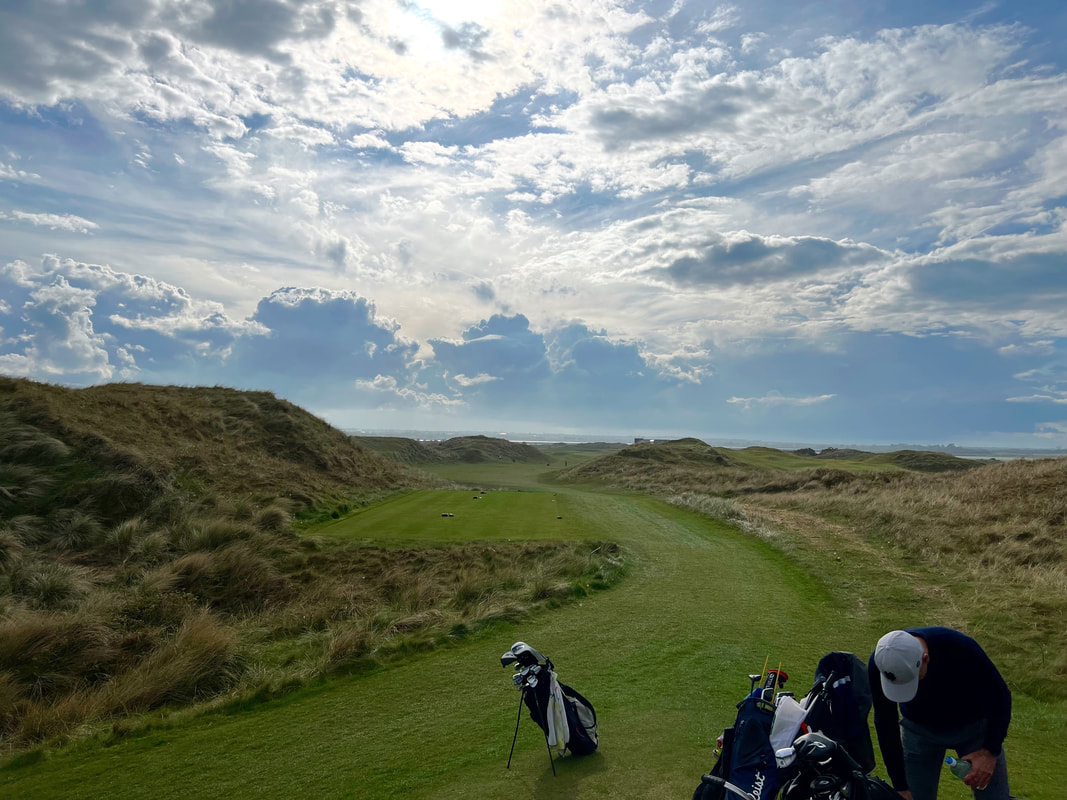
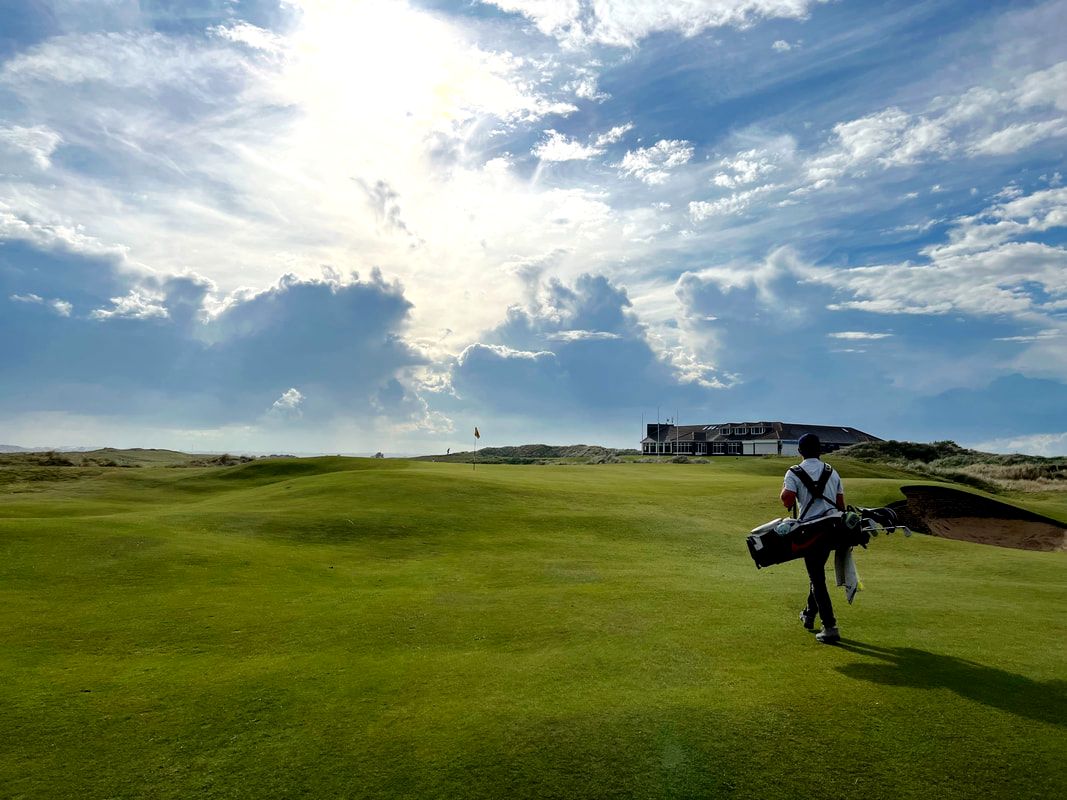
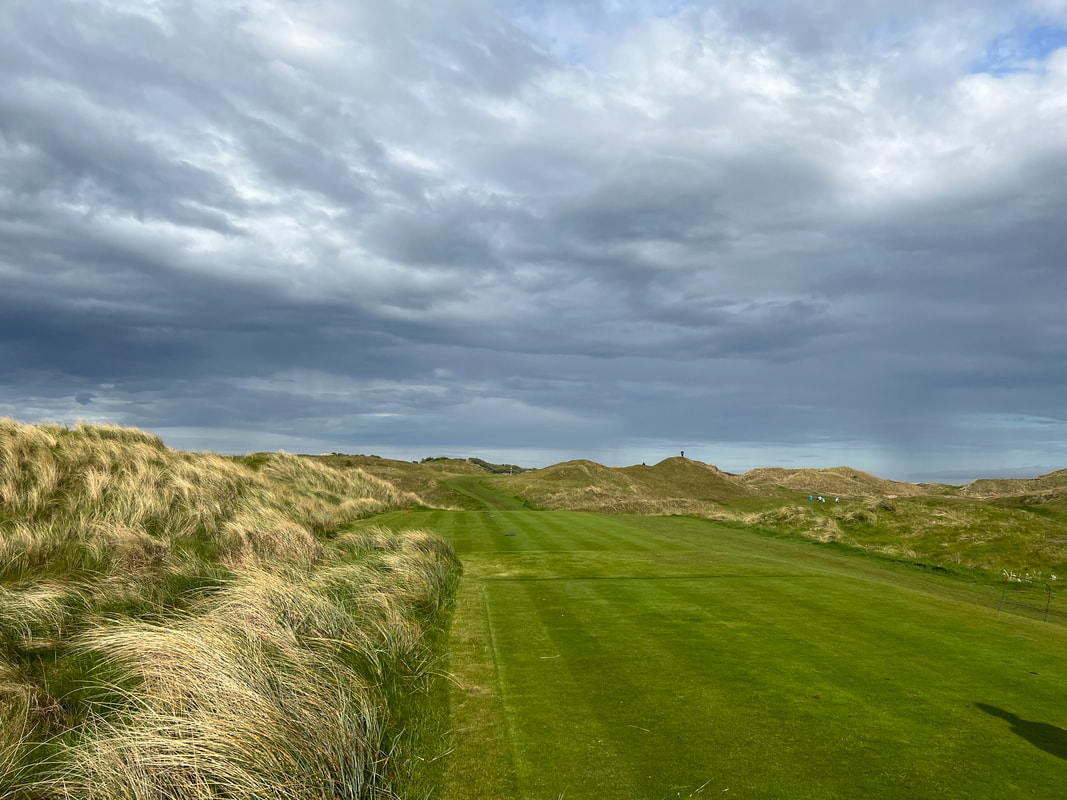
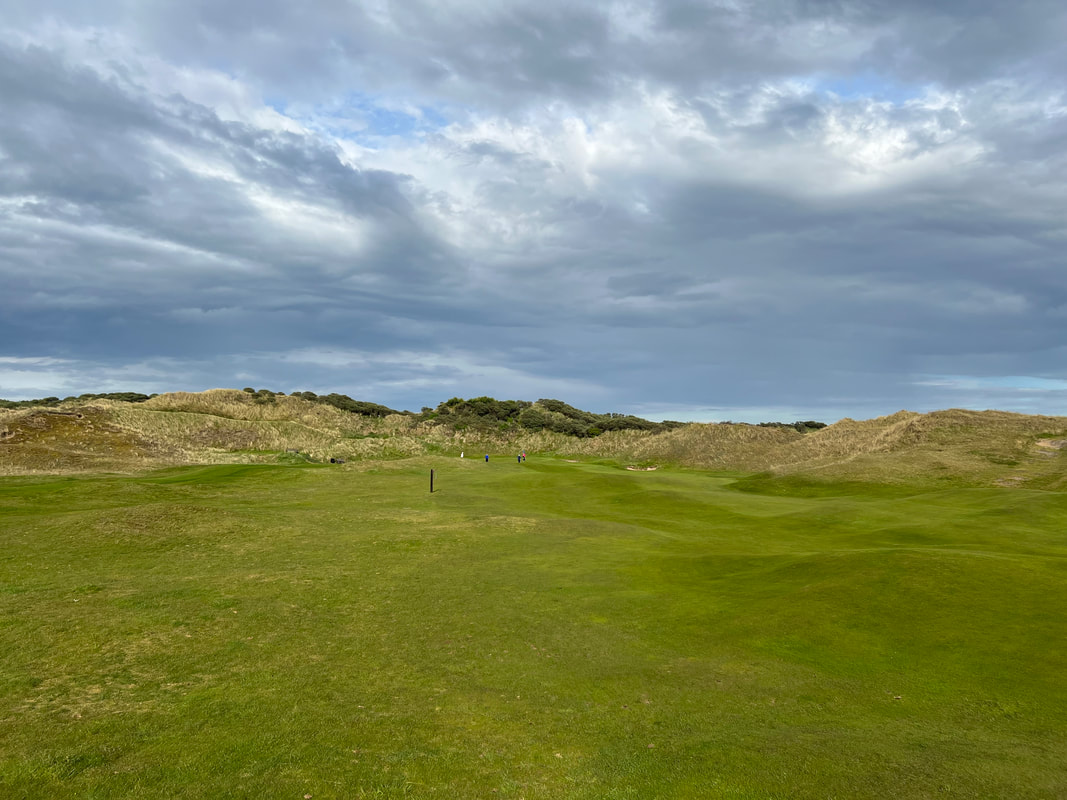
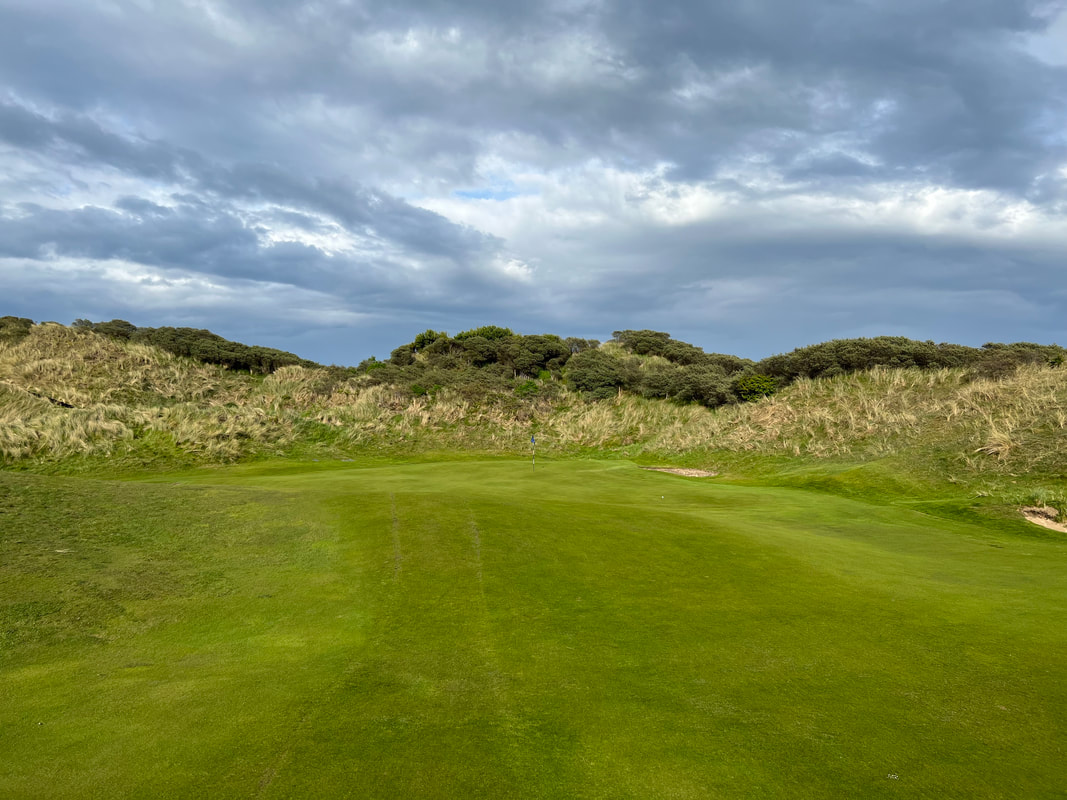
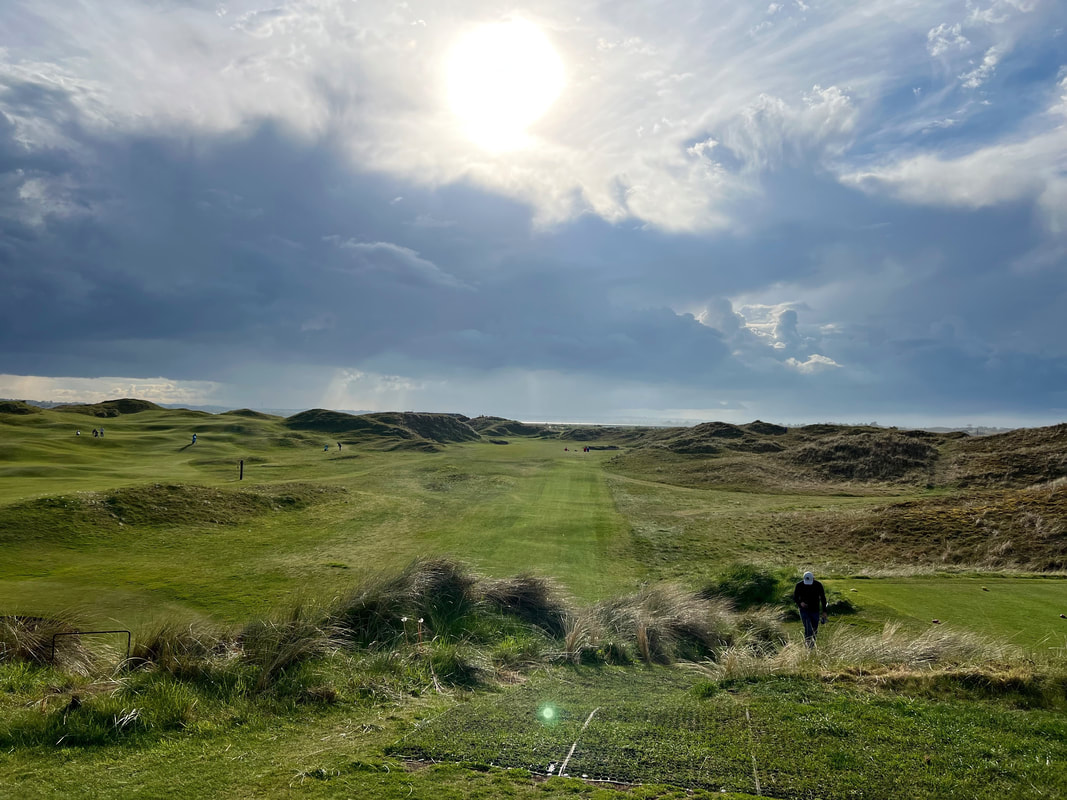
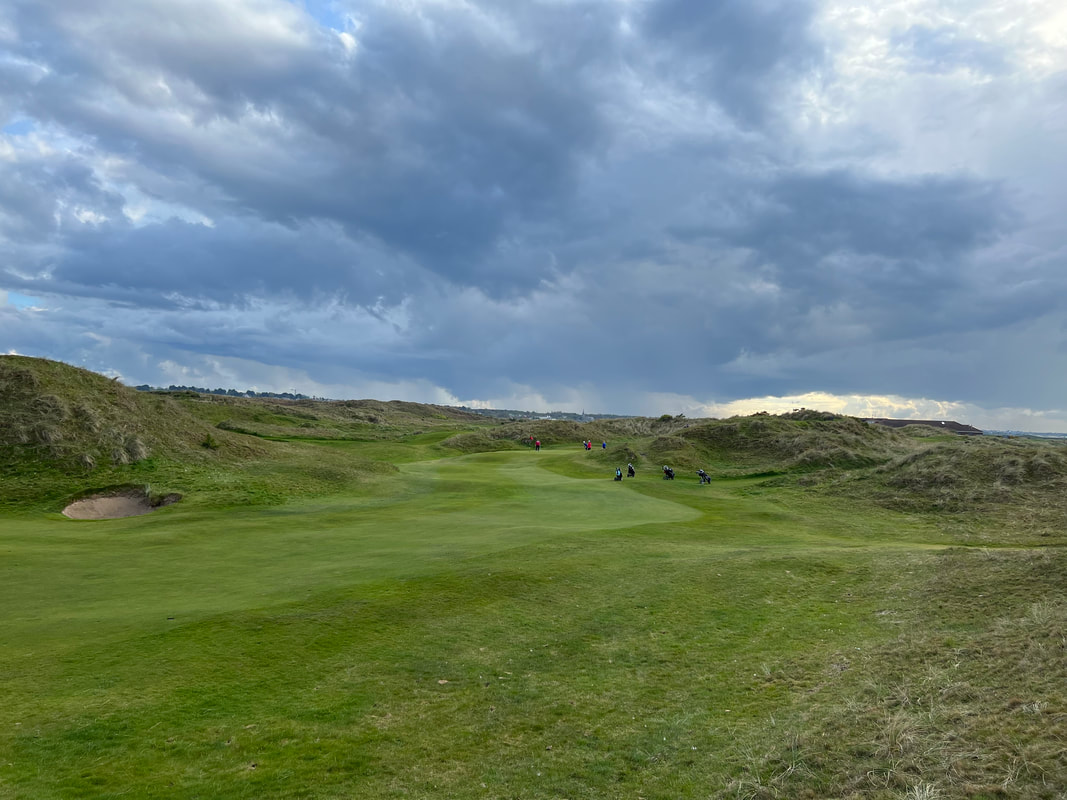
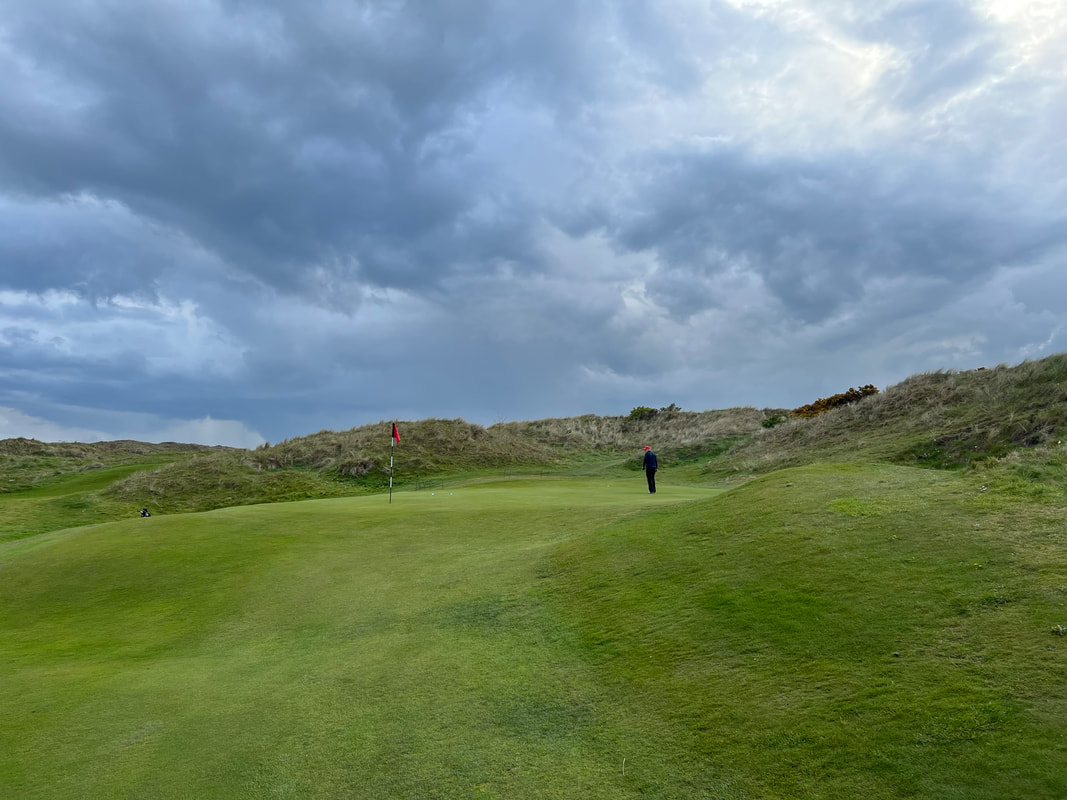
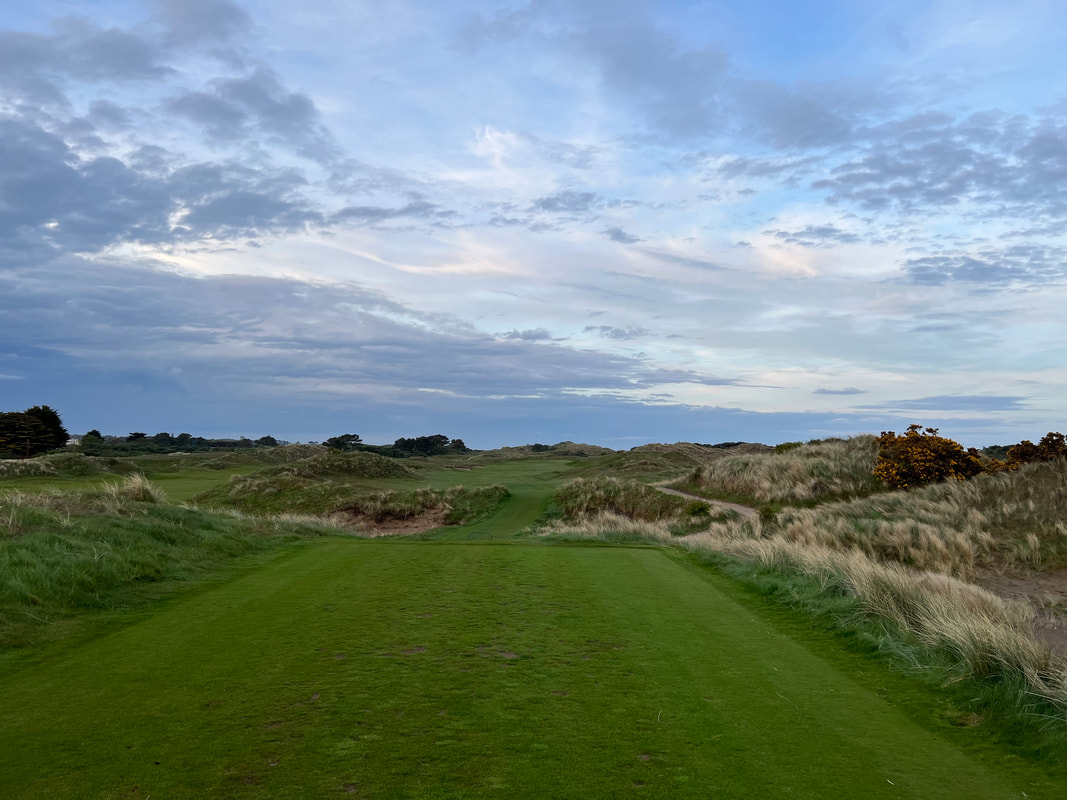
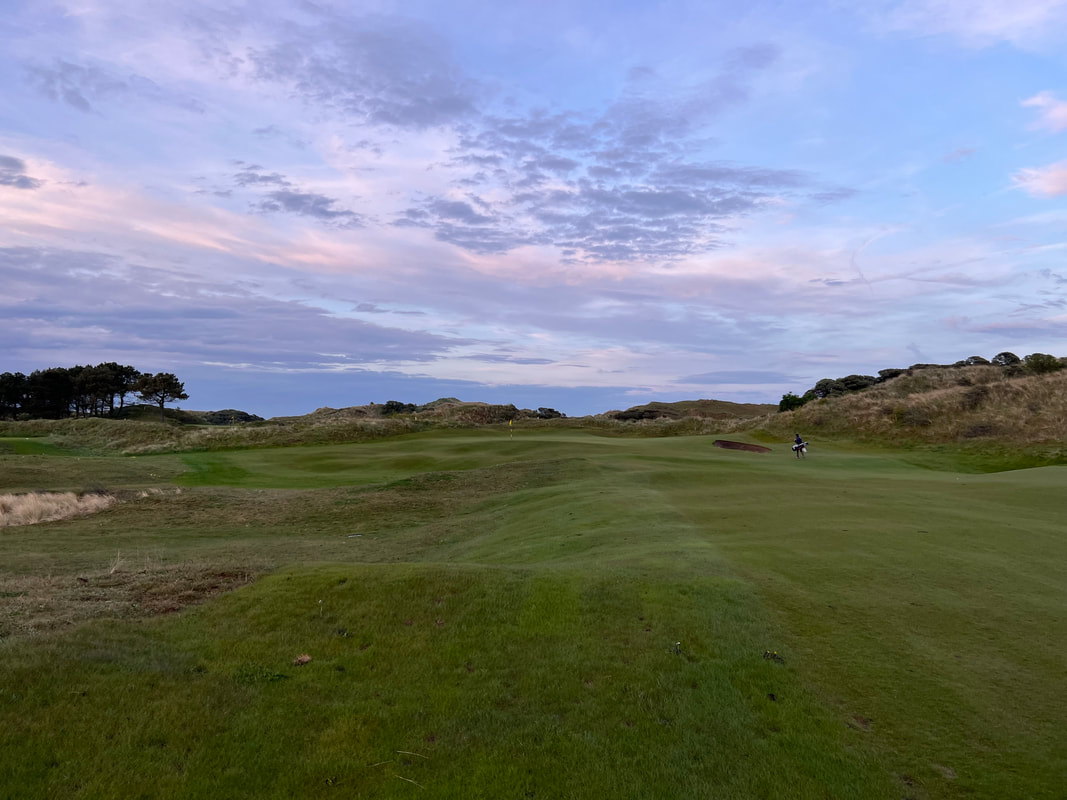
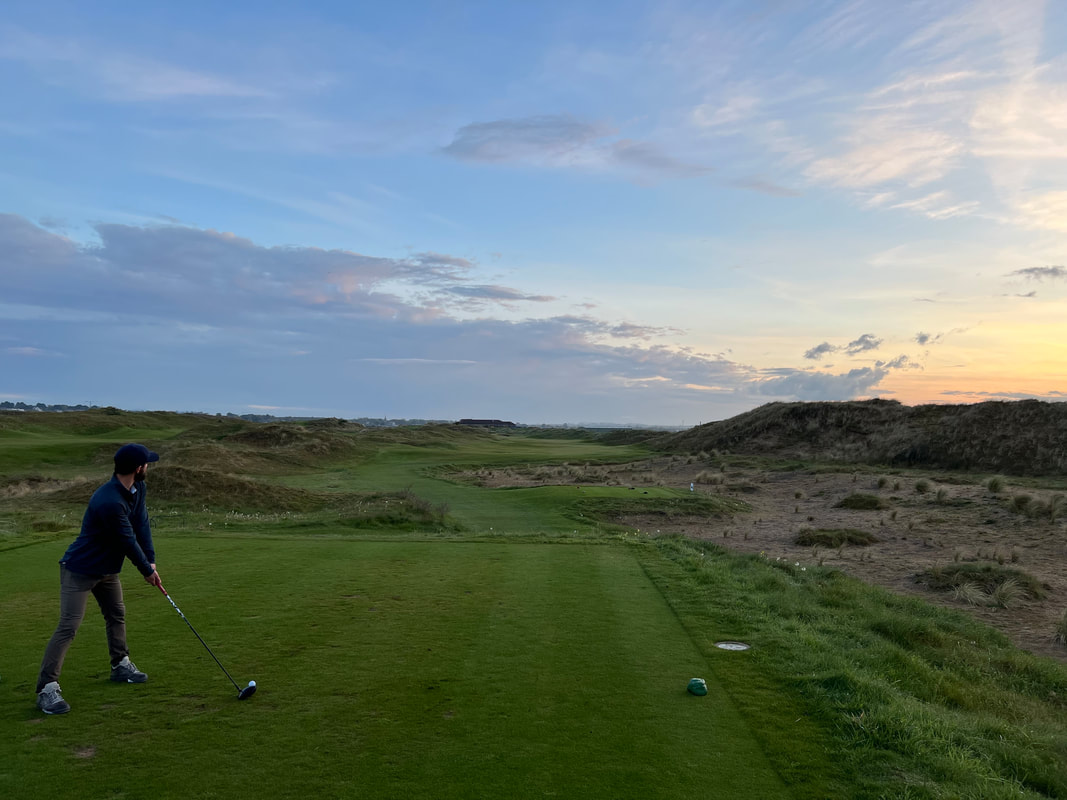
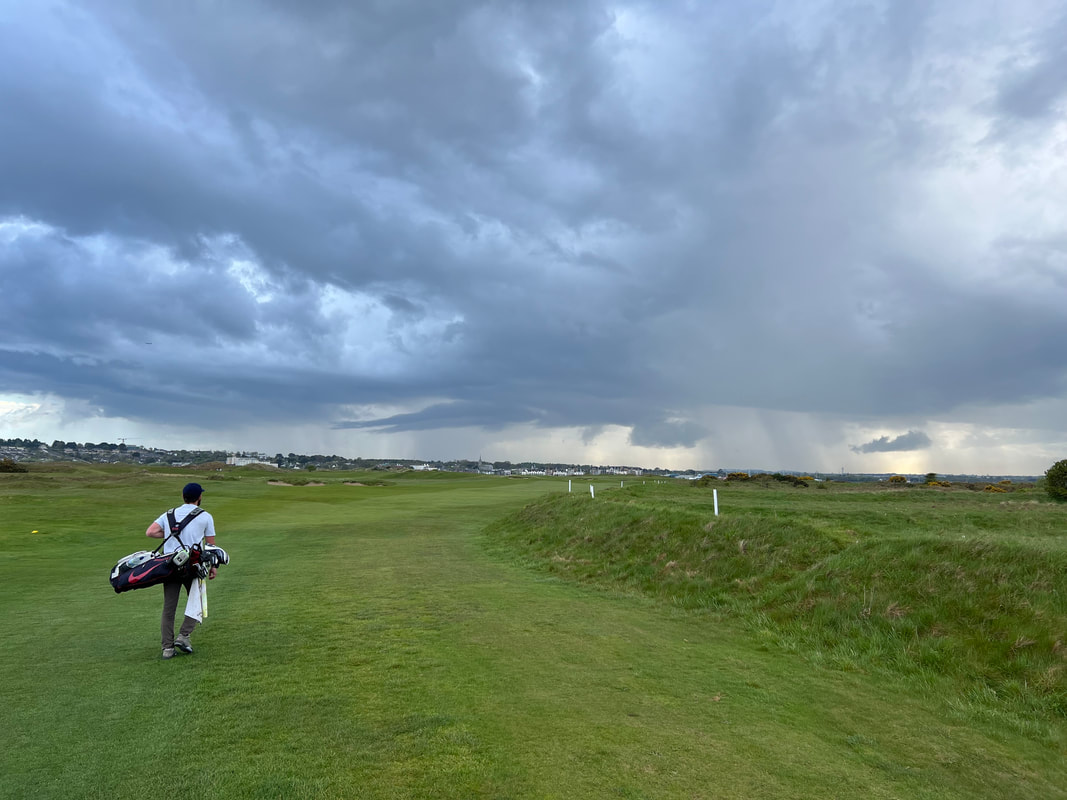
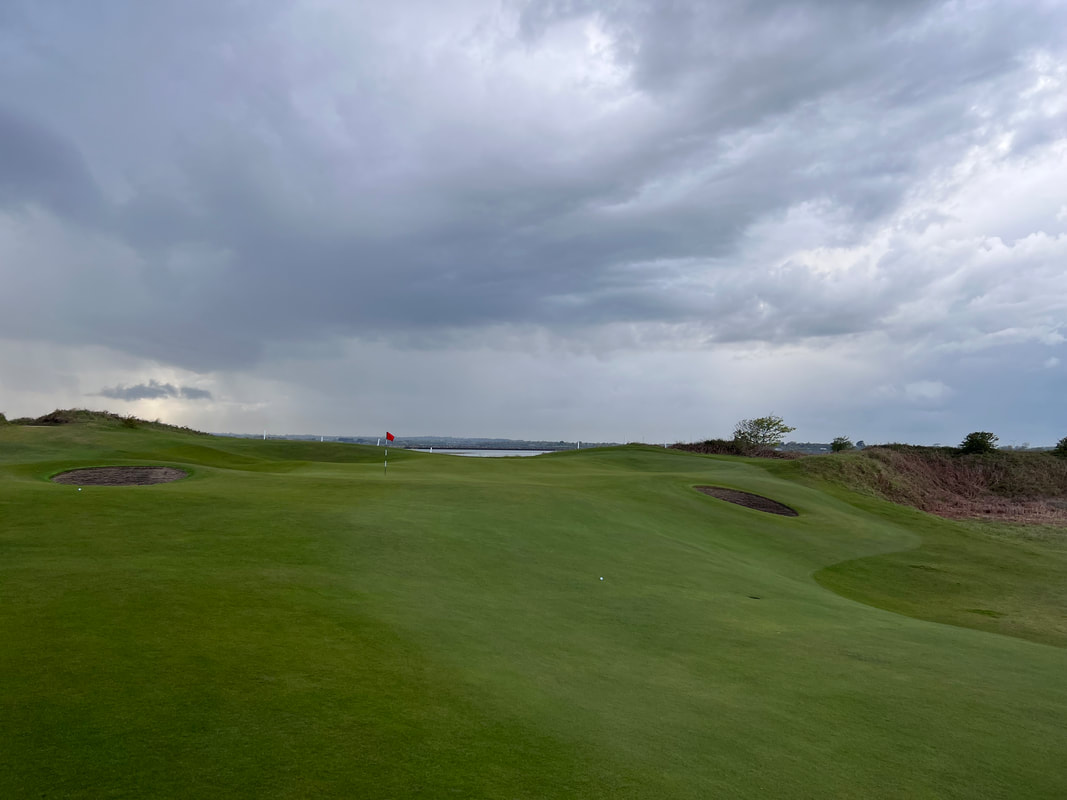
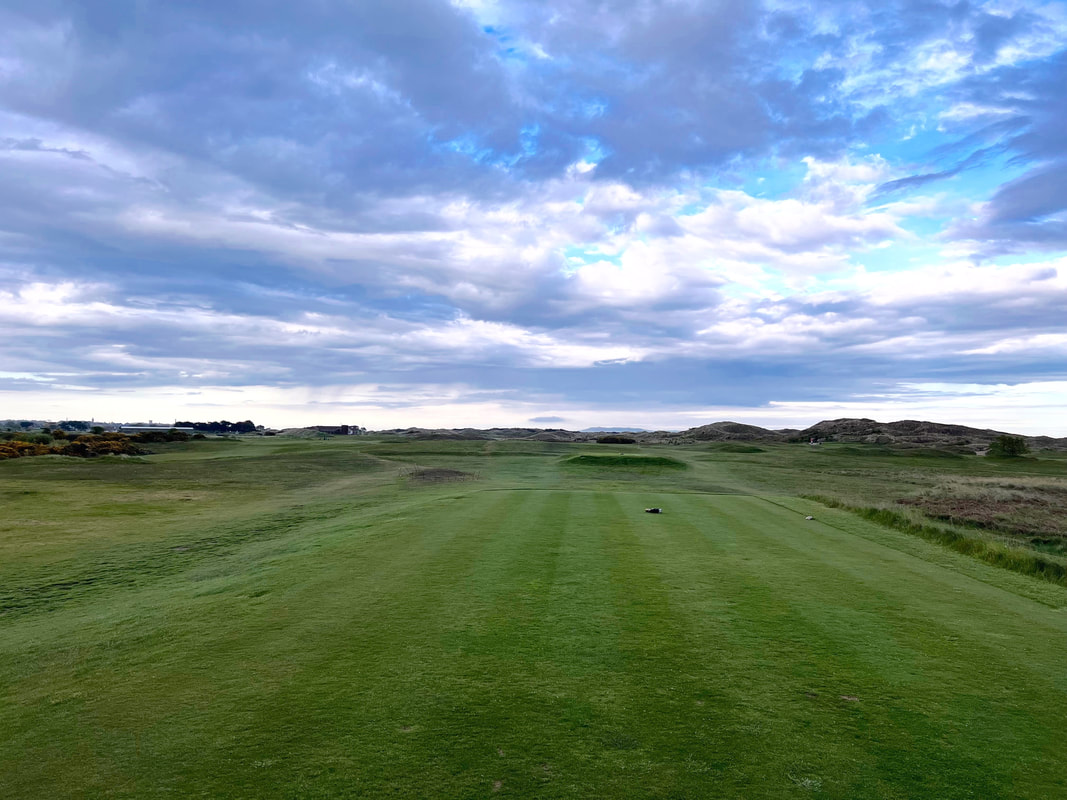
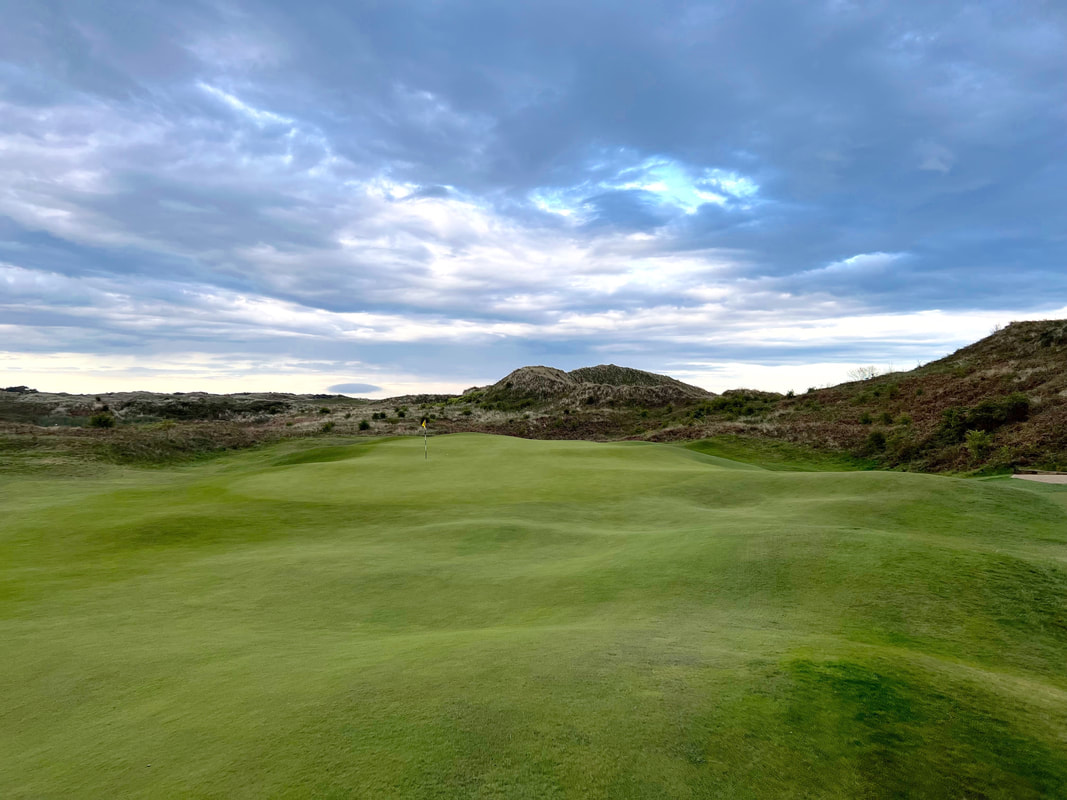
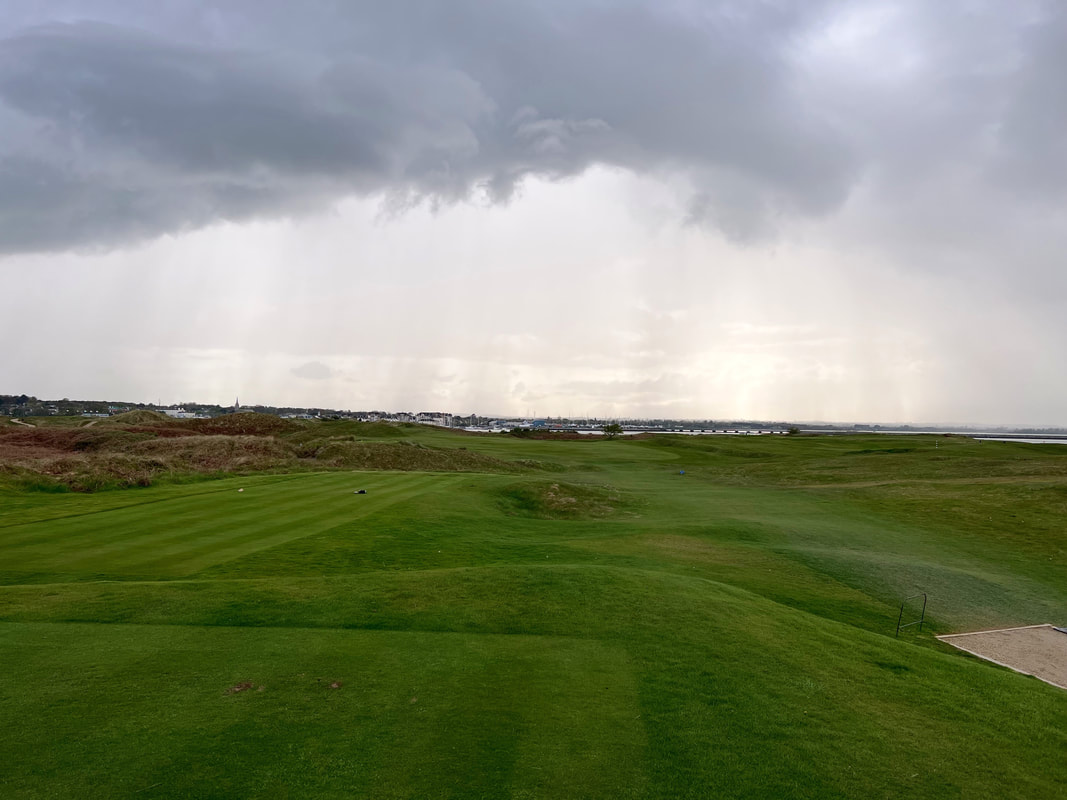
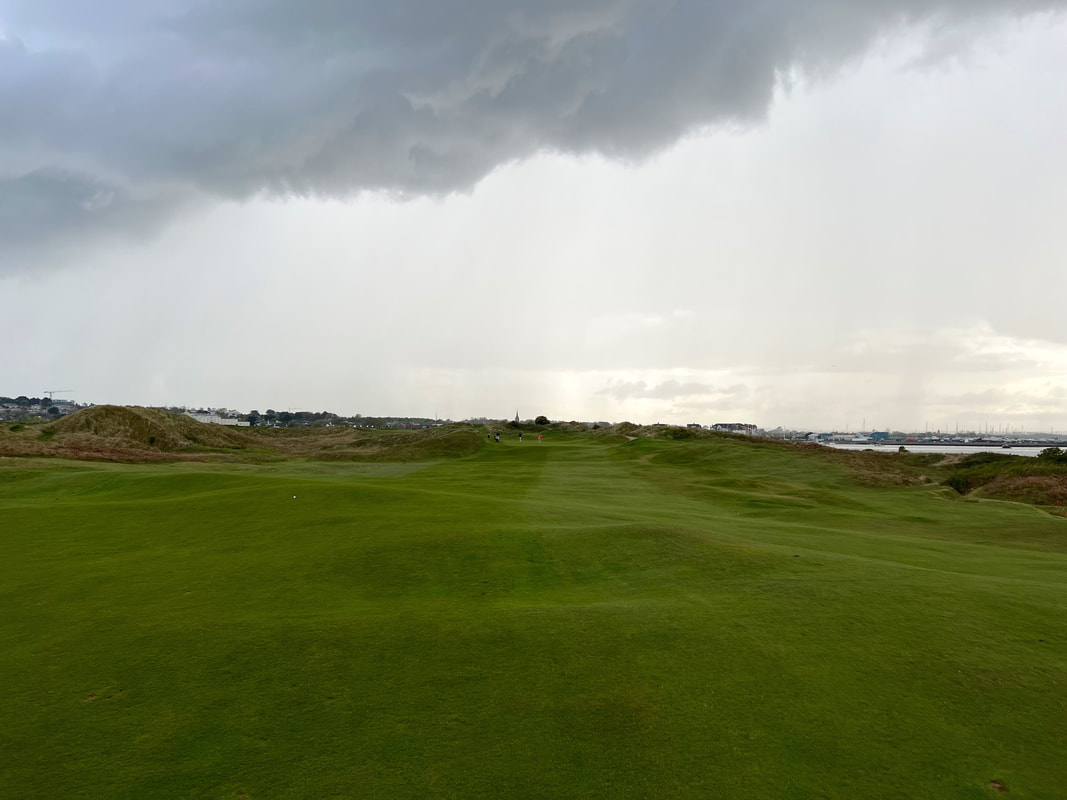
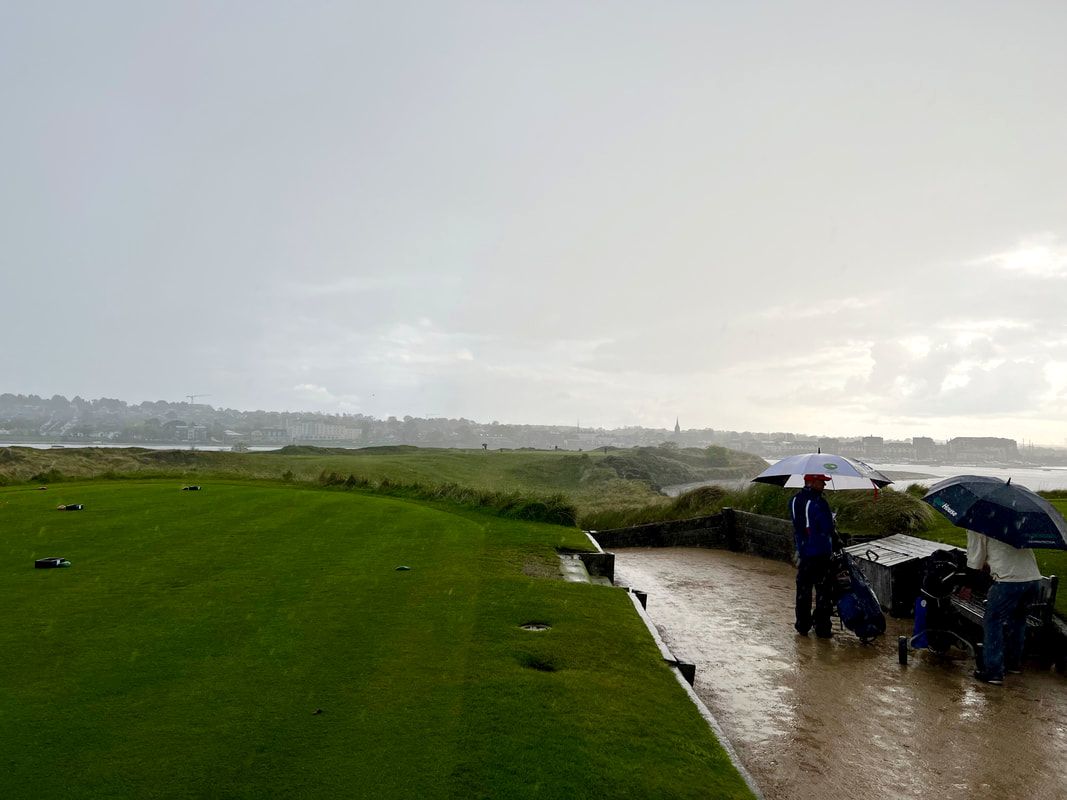
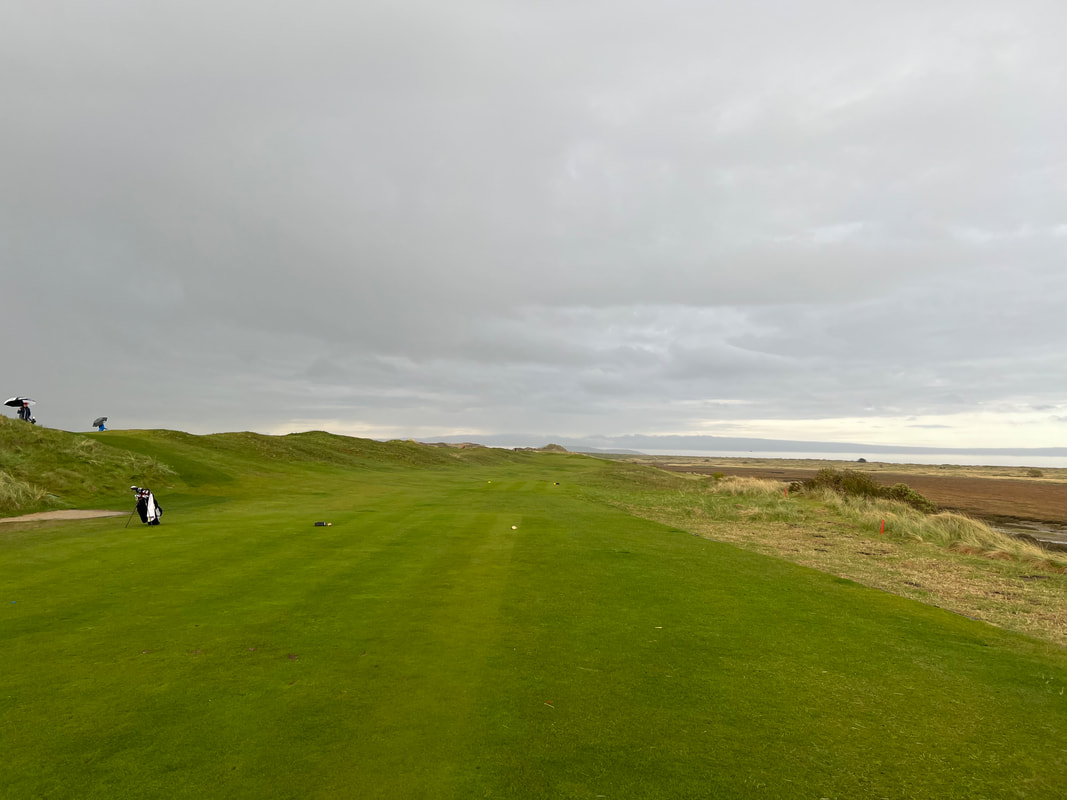
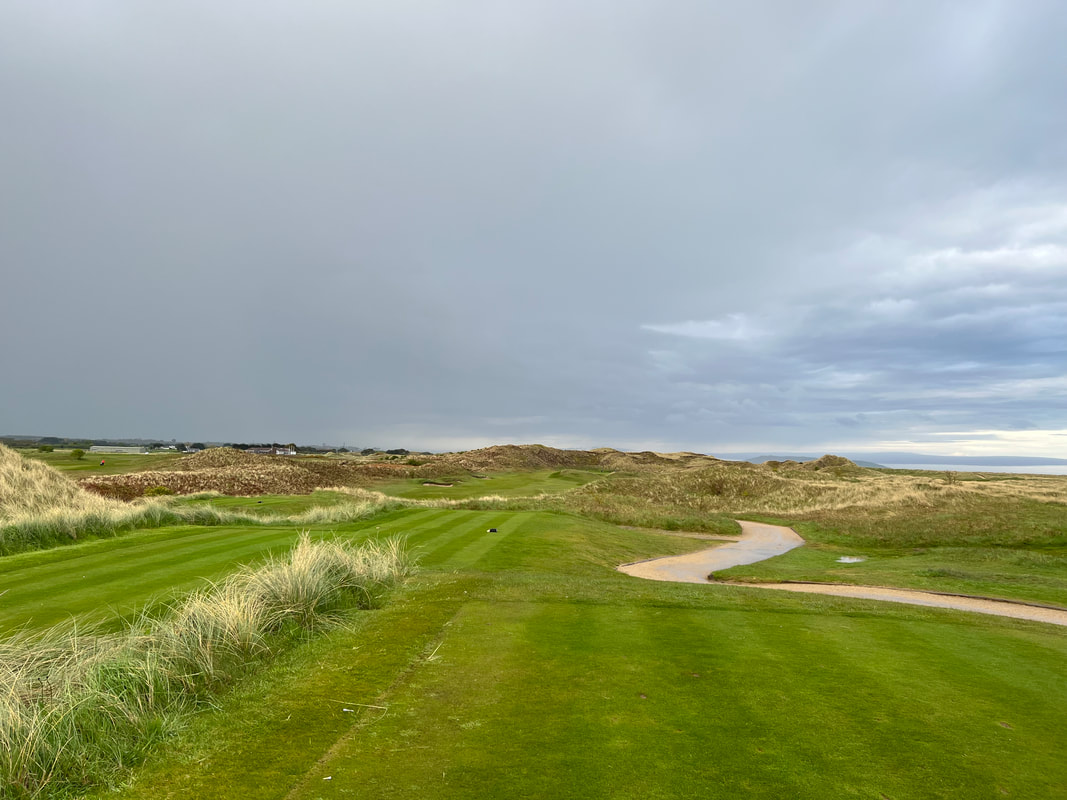







 RSS Feed
RSS Feed